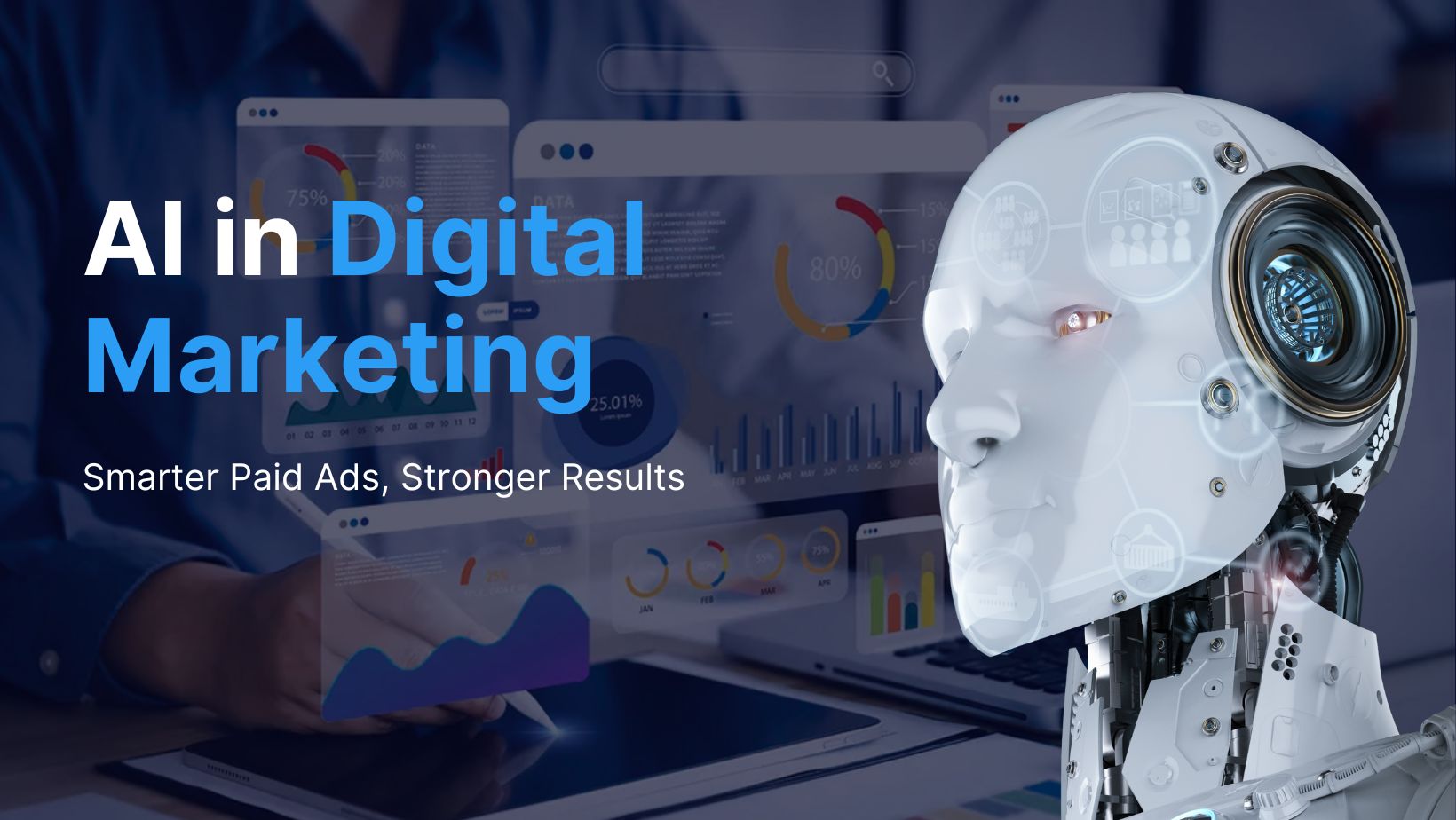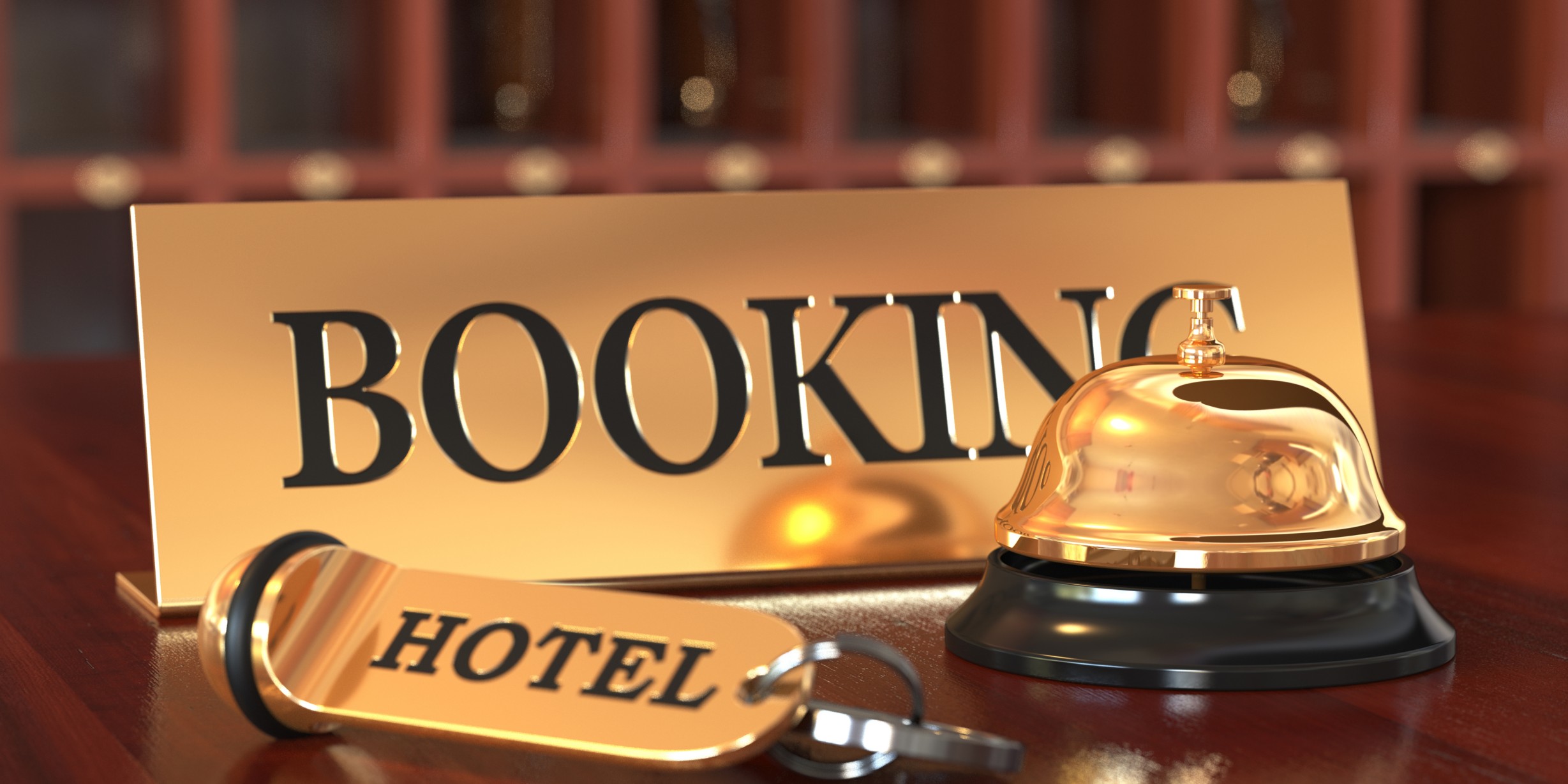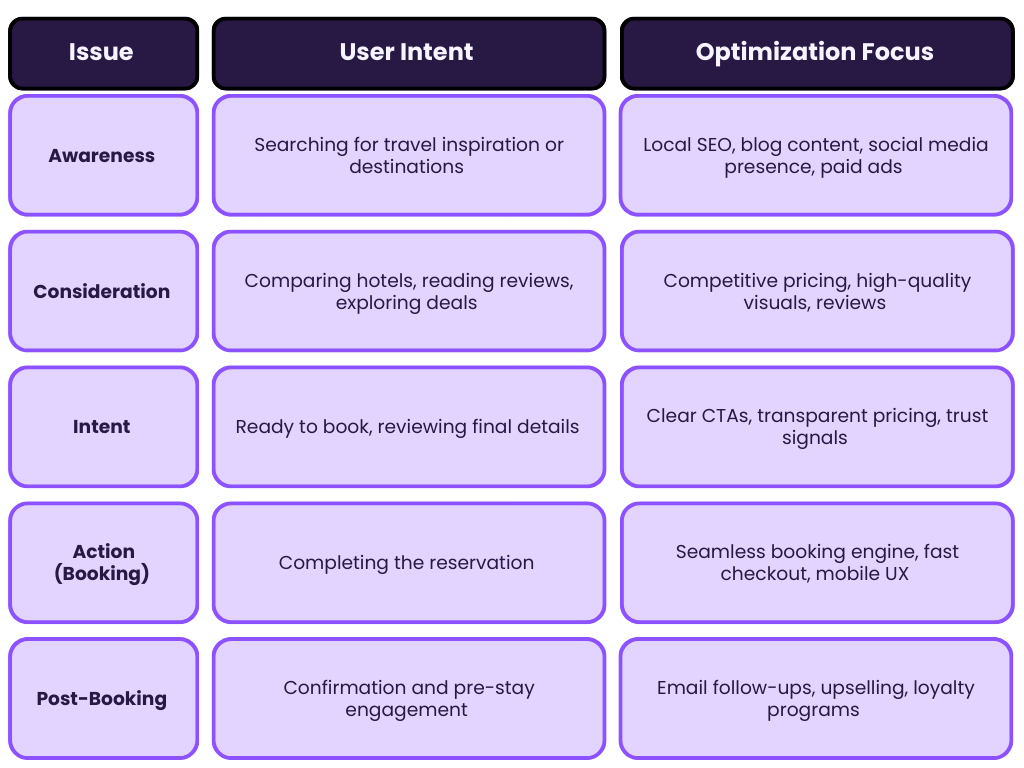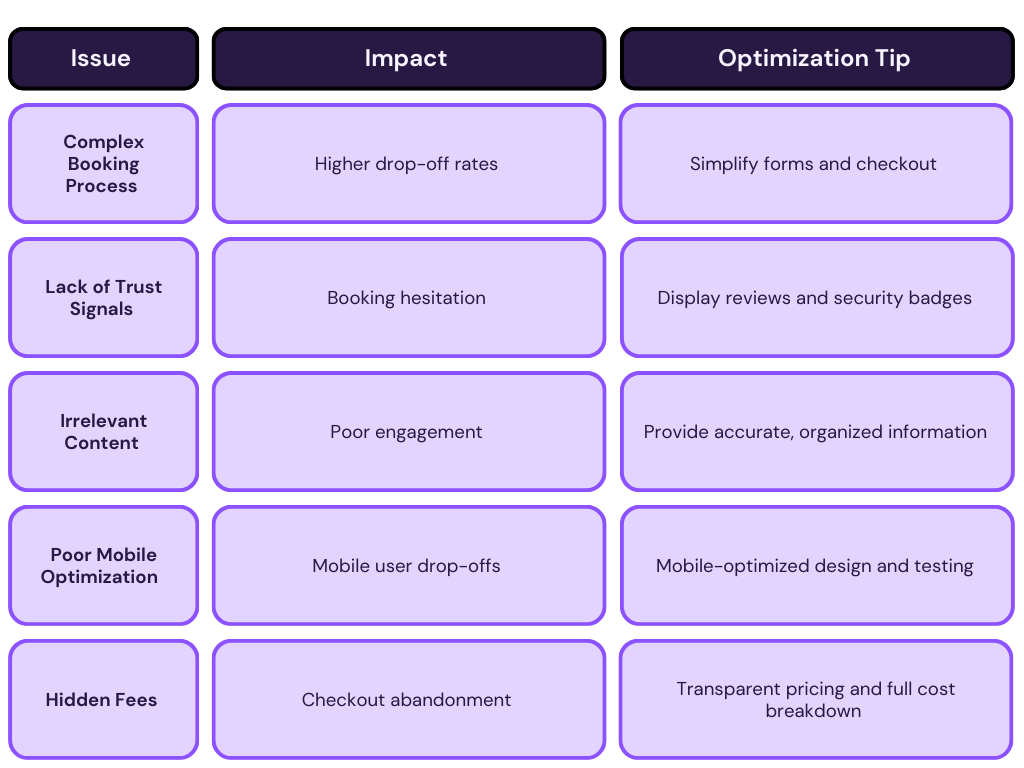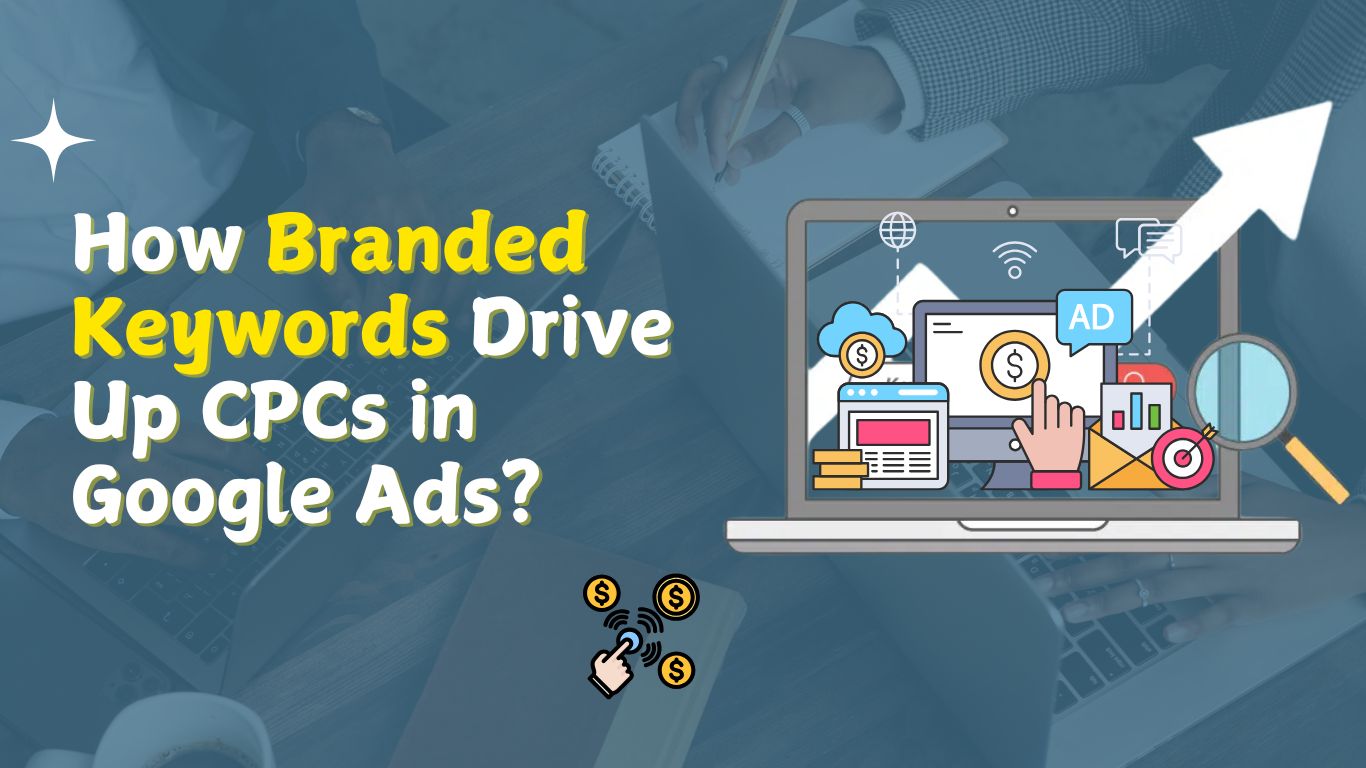Today’s paid campaigns involve more than just spending money at ads and hoping for clicks. As competition increases and budgets get tighter, companies require more intelligent means to obtain better performance from each ad they place. This is where Artificial Intelligence (AI) is making a real difference. It’s not a trend anymore — it’s a practical tool helping businesses modify targeting, optimize bids, and improve returns.
In this post, we’ll explore how AI in digital marketing and paid campaigns is changing ad strategies, its perks, and how businesses can use it to get the best results.
Why ROI Matters in Paid Campaigns?
Before we explore AI’s impact on PPC marketing strategies, it’s essential to grasp why ROI is a crucial metric in paid advertising:
- Measures Efficiency: ROI indicates how well your campaign is transforming ad spend into genuine profit—not merely clicks or views.
- Guides Budget Allocation: Campaigns and channels that deliver better returns naturally receive a larger portion of your marketing budget.
- Holds Campaigns Responsible: Each paid initiative should prove its worth through quantifiable results, and ROI helps to monitor this.
- Supports Strategic Decision-Making: Clear insights into ROI can significantly influence your future marketing strategies.
Briefly stated, no matter how many thousands of impressions or clicks a campaign receives, without a solid ROI, it falls short of its true purpose. That’s why leading companies collaborate with digital marketing services that have AI capabilities to help them monitor, analyze, and improve their ROI on a regular basis.
How AI Enhances ROI in Paid Campaigns?
AI technologies such as machine learning, natural language processing, and predictive analytics are revolutionizing the way companies plan, run, and optimize their AI-powered ad campaigns. Here’s how:
Smarter Audience Targeting
One of the most precious offerings of AI is the ability to spot and target high-potential audiences.
- Lookalike Modeling: AI algorithms analyze existing customer data to find new users with similar behaviors.
- Behavioral Prediction: AI makes forecasts of which audiences are most likely to convert or engage based on previous interactions.
- Dynamic Audience Segmentation: AI segments audiences in real-time by their changing behavior and interests.
Result: Ads are shown to people who are genuinely interested, cutting down wasted views and boosting conversions.
Real-Time Bid Optimization
Manual bid changes are labor intensive and prone to errors. AI systems optimize this by processing several data points such as device, time of day, location of user, and browsing history to dynamically change bids.
Why AI-Powered Bidding Outperforms Manual Methods:
- Makes instant, smart decisions without waiting for manual changes.
- Looks at far more data than a person ever could, in real time.
- Fine-tunes bids with better accuracy for stronger results.
- Helps you get more value from every ad rupee by focusing on what matters.
Result: Ad budgets are utilized more efficiently, focusing spend on high-value opportunities.
Automated Ad Creative Testing
A/B testing of various ad creatives is required to discover what works for the audience. AI makes it easier and faster to do so through:
- A/B Testing Automation: AI runs several variations of ads automatically and selects high performers.
- Creative Personalization: AI in digital marketing personalizes ad messages according to audience segment or user behavior.
- Content Performance Forecasting: AI predicts which headlines, images, or formats will lead to greater engagement.
Result: Quicker optimization cycles and more effective ads without human guesswork.
Predictive Analytics for Campaign Forecasting
AI allows businesses to forecast campaign performance prior to large-scale deployment. Based on historical data, AI models make predictions for important metrics such as click-through rate (CTR), cost-per-click (CPC), and conversion rates.
Key Benefits:
- Prevents fraudulent clicks in real-time.
- Safeguards ad spend and enhances campaign authenticity.
- Facilitates clear reporting for improved decision-making.
Result: Improved ROI by allowing budgets to go only after authentic, interested users.
Enhanced Fraud Detection
Click fraud and invalid traffic can drain ad budgets. AI systems detect unusual patterns, bot behaviors, and suspicious activity in real-time.
- Blocks fraudulent clicks instantly.
- Protects ad spend and improves campaign integrity.
- Provides transparent reporting for better decision-making.
Result: Higher ROI by ensuring budgets only target genuine, interested users.
The Growing Adoption of AI in Digital Marketing
With the development of AI capabilities, companies are rushing to incorporate it into their marketing processes. According to a global survey conducted by Statista in January 2025:
- 17% of marketers reported using AI extensively in their data-driven marketing strategies.
- 39% claimed they’ve incorporated AI in certain parts of their campaigns.
- 26% were actively considering AI, though they hadn’t yet implemented it.
As a matter of fact, global market revenues from AI usage in marketing are expected to reach around 47 billion U.S. dollars in 2025, with projections exceeding 107 billion by 2028. This surge reflects how businesses worldwide are increasingly investing in data-driven automation and personalization tools.
Steps to Implement AI-Powered Ad Campaigns
It doesn’t need to be difficult to integrate AI into your paid advertising. With proper steps in motion, you can begin seeing improved results without disrupting your entire PPC marketing strategy. Here’s a straightforward approach:
- Begin with Looking Over What’s Working
- Identify What You Want to Accomplish
- Select the Proper Tools for Your Requirements
- Enhance How You Approach Targeting Your Audience
- Automate Your Bidding
- Test Your Ads Quickly
- Track, Analyze, and Adjust
Wrapping Up
Artificial intelligence in digital marketing is transforming how paid campaigns perform, enabling businesses to spend more intelligently and enjoy improved returns. From accurate targeting to dynamic bid adjustment, it enhances performance while reducing ad wastage. As paid advertising becomes increasingly competitive, those who adopt AI will experience greater returns and wiser campaigns.
Want smarter, high-ROI paid campaigns? Talk to our experts today.


